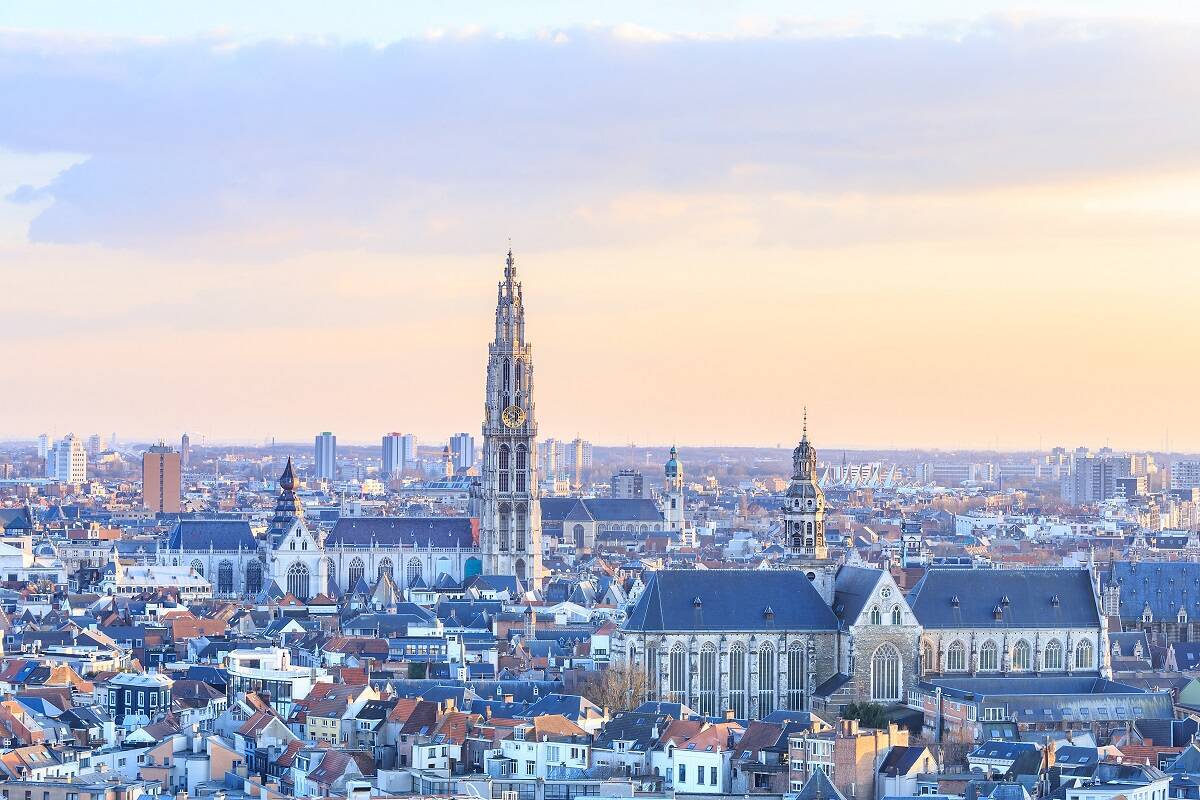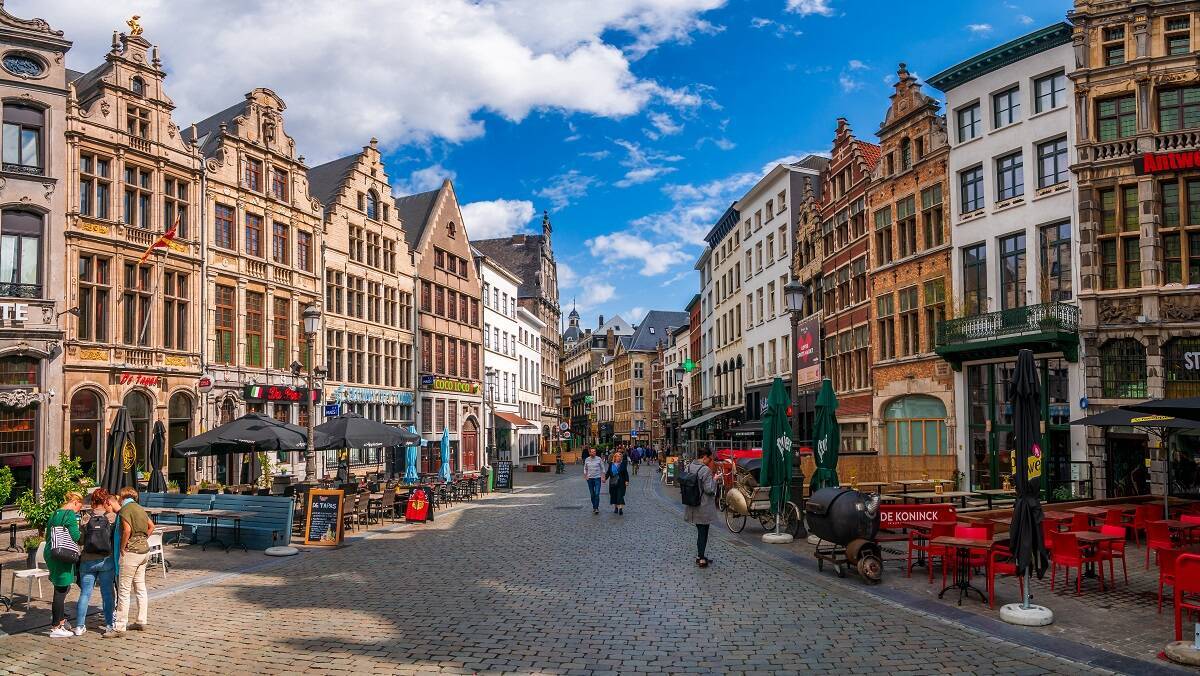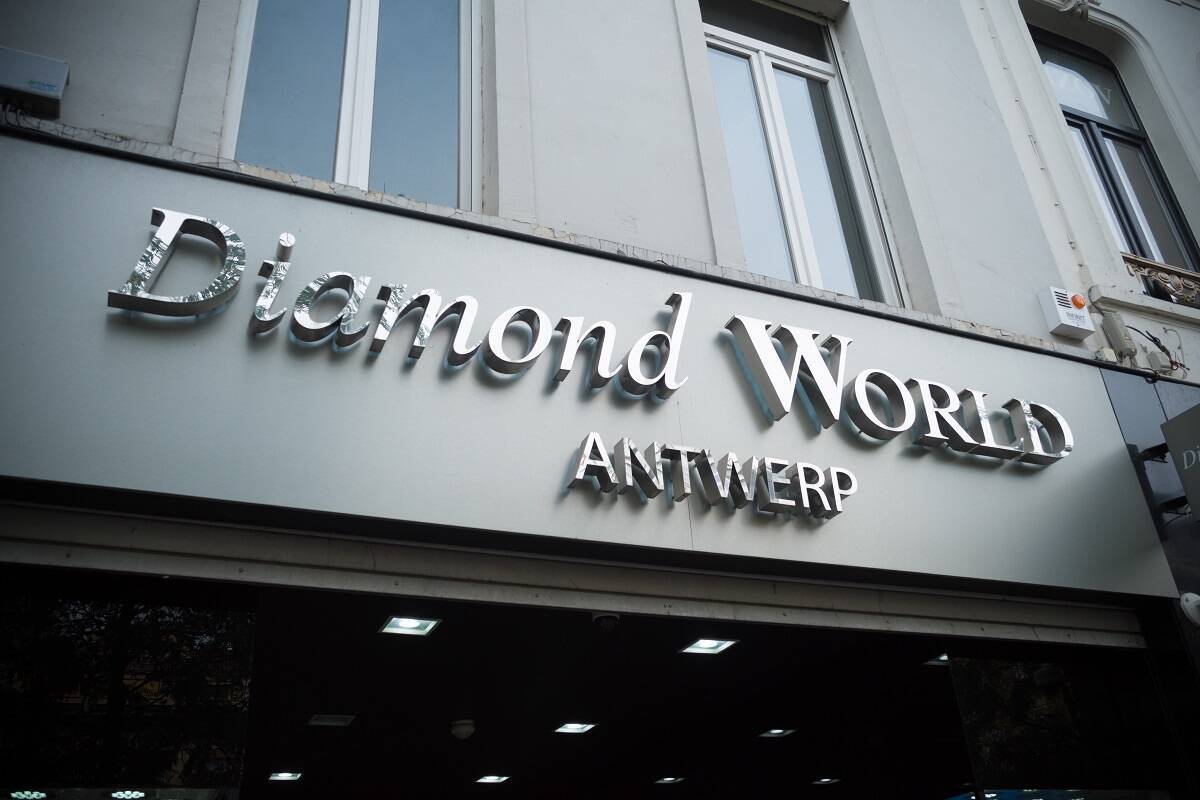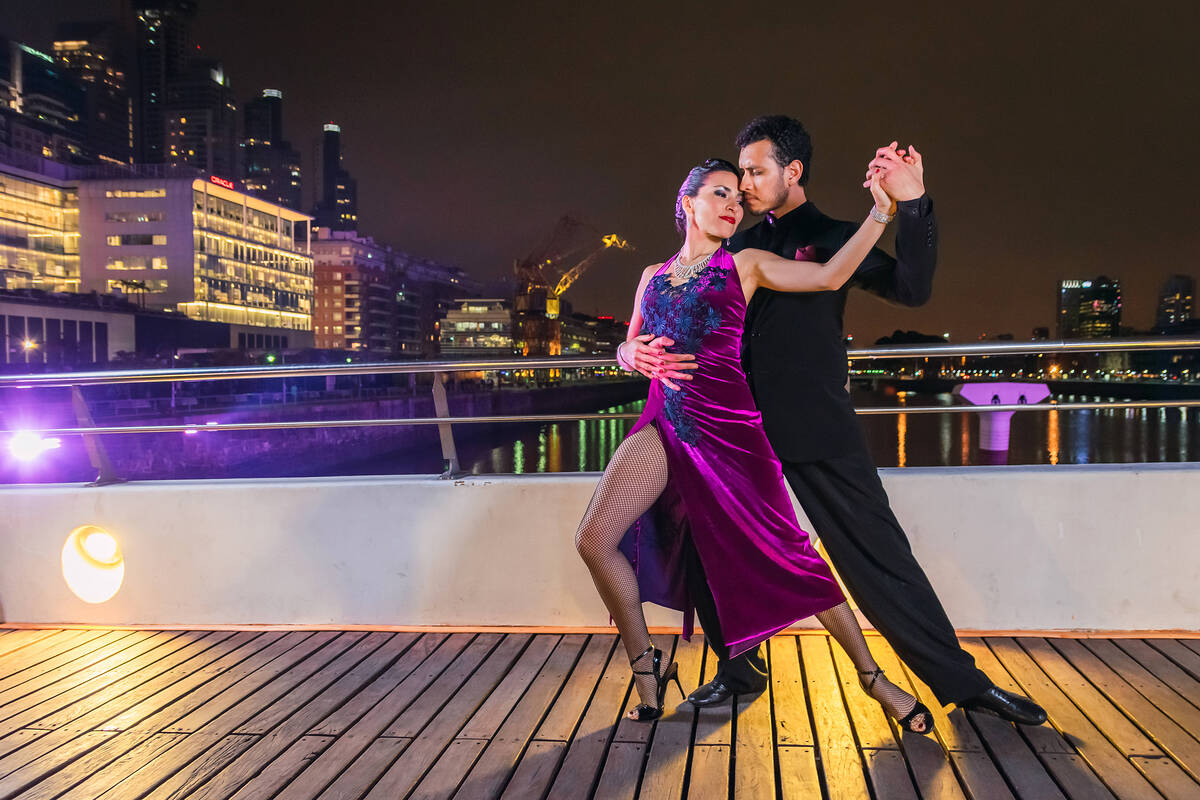Het Steen
Antwerp’s biggest draw is a lovingly preserved Old Town area, which is its heart as well as the historic centre. Past and present meet halfway here and the best way to soak in the glory of its impressive past is by taking a self-guided walking tour. The recommended starting point is at the old waterfront, which is marked by the stoic medieval castle. Het Steen (‘stone fortress’) has been guarding the town at this prime position from the Schelde riverbanks since the Viking times. The forbidding walls, towers and turrets of Antwerp’s oldest building date back to the early Middle Ages, and now serve as the facade of the Museum of Archeology and Maritime History. Outside the structure is a giant statue of Lange Wapper. The local legend is that Wapper had the power to grow to giant proportions to scare and tease people.






















Comments